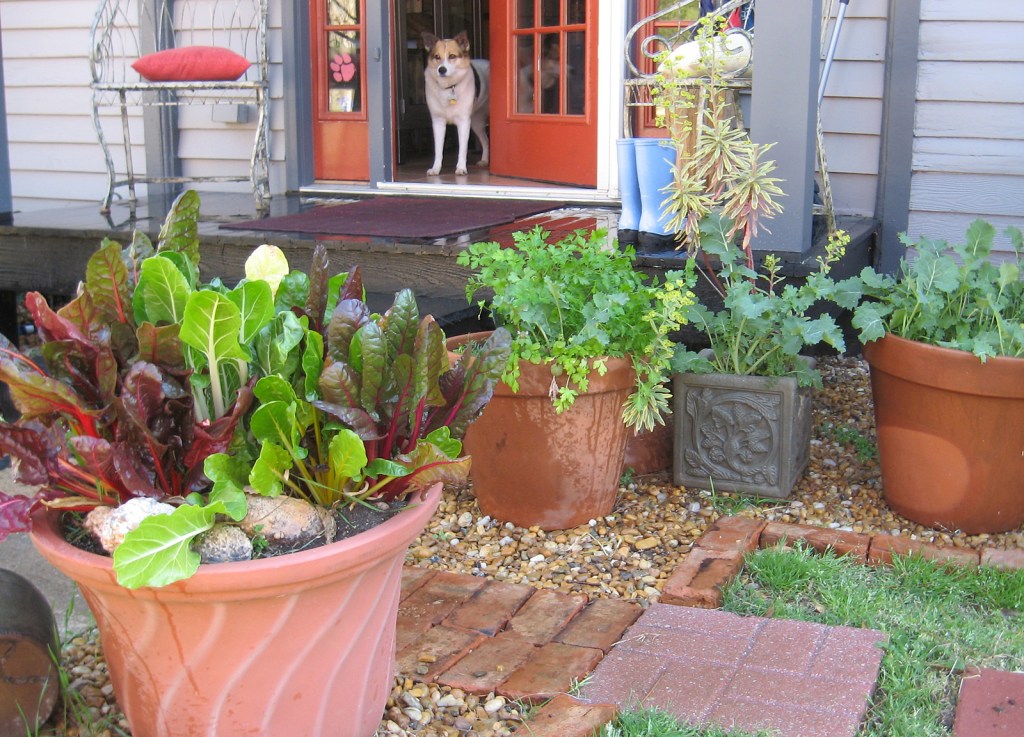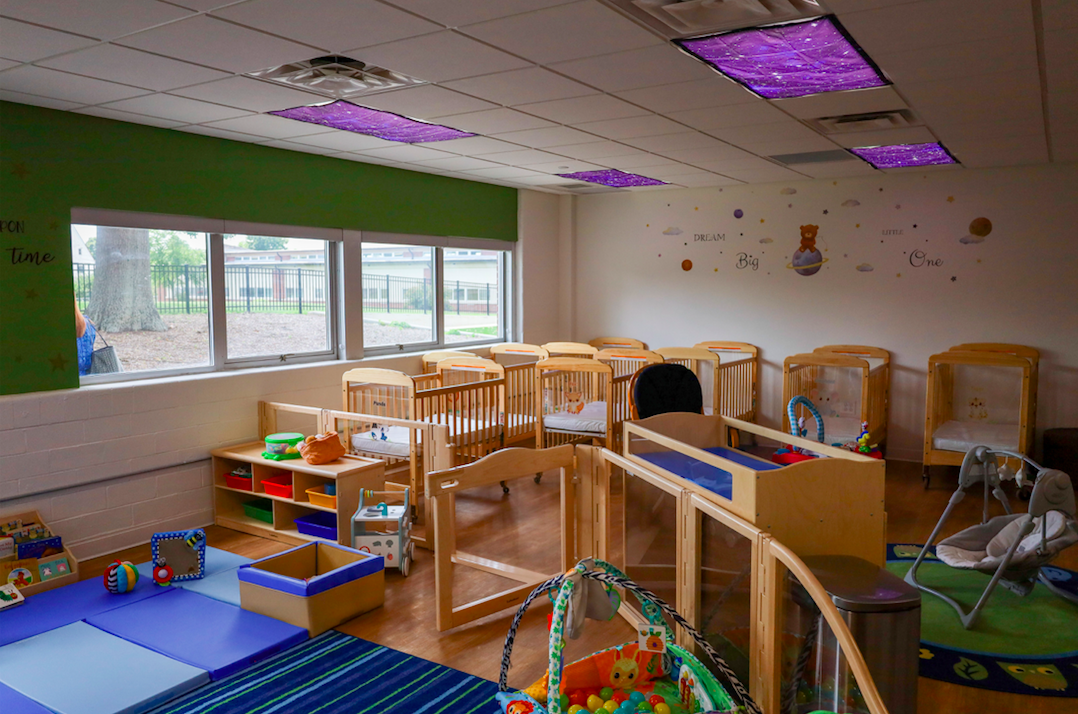Scoop — Salad days
Published 8:33 am Tuesday, April 25, 2017

- This dooryard garden belonging to a friend in Georgia has been producing greens and herbs in pots since late winter. The rainbow chard at left is one of the few greens that tolerate both cool weather and heat. Other pots hold parsley and kale, handy to the kitchen and the hose.
Pictures and story by Susan Jonas
Garden Club of Danville
If you like your gardening projects quick and easy, here’s one that even non-gardeners can love. Planting salad pots is something that can be accomplished in less than an hour and enjoyed until the heat arrives, when the greens are replaced with summer flowers. Nowadays, there are so many pretty lettuce varieties, not to mention kale and chard, that a salad pot can be just as colorful as a pot of flowers, and tastier.

Salad pots are a project that even non-gardeners can love. Colorful lettuce leaves are both edible and ornamental. Parsley and thyme will grow in pots all summer. The lettuces will be replaced with flowers or succulents when summer heat arrives. Until then, the outer leaves can be harvested for fresh salads.
As soon as little lettuce plants appear in garden centers, usually early to mid-March, choose a selection with leaves of varied shapes and colors. Lettuce leaves range from smooth and round to ruffled, curly, spiked, or long and narrow, in every shade and combination of green and red. A popular seed catalog lists 59 varieties of lettuces and lettuce mixes if you care to start yours from seed. It’s easy and they germinate quickly. The same goes for kale plants. Baby kale leaves can be used in salads and the mature leaves eaten sautéed, simmered, or added to soups, stir fries, and casseroles. Pansies and violas thrive under the same cool growing conditions, so they make perfect companions to tuck around the edges or plant in nearby pots.
A plastic pot is practical, but since they are grouped by my back door, I prefer pretty terra cotta, ceramic, or concrete pots. The bigger the pot, the more plants you can cram in. Four or five lettuce plants will fit in a 12 inch pot. Since you’ll be harvesting the outer leaves as the plants grow, the pot shouldn’t become overcrowded. I like to toss a thick layer of compost in the bottom of each pot, then fill with a good organic potting soil. The roots will grow through the top layer of potting soil and just when they need a boost, reach down into the rich compost. The compost also adds important living micro-organisms to the potting soil, providing a natural fertilizer. You can add some liquid or granular fertilizer if you want to, but I don’t bother. The lettuce plants will be eaten before they need it if the compost is added at the beginning.
Lettuces and other greens are tolerant of a light frost, but if you’re worried about cold temperatures or a late snow the pots can easily be covered or moved inside for protection until the weather warms up again. Mine sailed right through the recent cold nights when temperatures dipped to the 20s.
Chard is another plant that’s perfect for pots, especially the rainbow colored variety called “Bright Lights.” It has shiny green or bronze leaves with stems of gold, pink, orange, purple, red and white. Chard is both edible and ornamental and one of the few greens that tolerate both cool weather and heat. Rainbow chard also makes a colorful border for your flower beds. Unlike spinach, chard can be picked throughout the summer and into early winter. It grows best in full sun but benefits from light shade in summer. Growing it in a big pot makes it easy to move to the shade when summer heat arrives
By growing your greens above ground you eliminate the nuisance of those pesky slugs, which leave slimy trails on lettuces and chew holes in the leaves. Weeds are not a problem, either. If you have trouble with rabbits you can thwart the critters by putting the pots out of reach. The only maintenance you’ll need is occasional watering. That’s why it’s so handy to group your pots by the kitchen door and the hose. You can pop out with the scissors while you’re preparing dinner and cut enough for a small salad in no time.
Not everyone wants or needs a big vegetable garden, but if you love fresh greens in the spring, a few salad pots are just the thing.






